Athens in 2023: architecture and creativity are on the up
Athens is enjoying its very own metamorphosis with a plethora of recently restored buildings, large-scale projects and fresh new openings
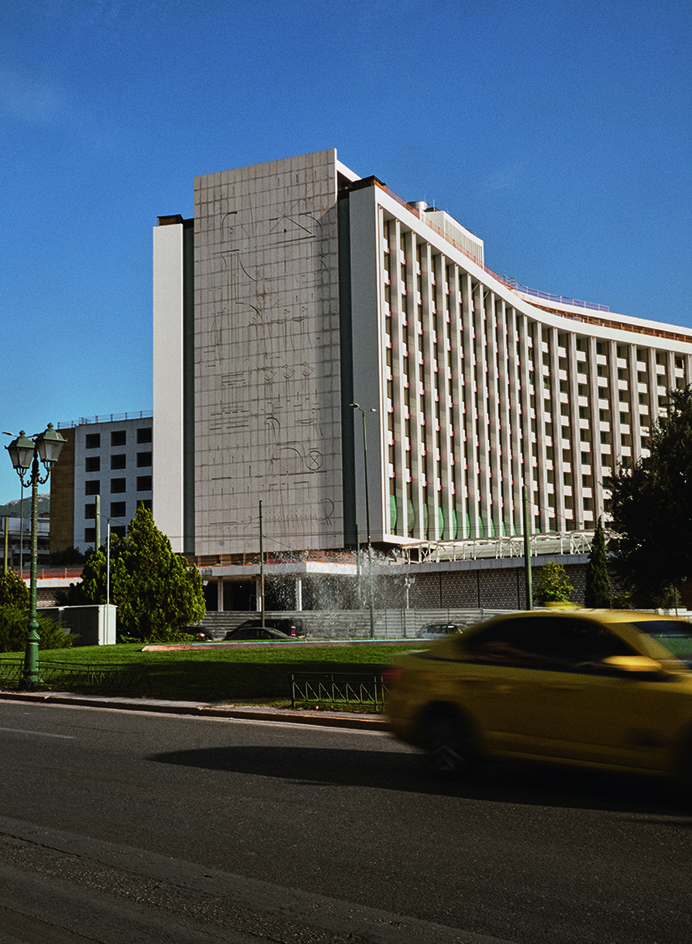
When Greece first flourished as a popular tourist destination, somewhere in the mid-20th century, it was largely for its well-established charms – warm sun, good food, crystal-clear beaches and treasures of an antiquity that helped define today’s Western civilisation. Fast forward almost a century, and all this remains true – if a little clichéd by now. Yet contemporary Greece is far richer than its well-explored tropes. Athens, in particular, currently packs quite a punch, making a strong case for a type of transcendence, embodying various phases in the country’s history while providing a melting pot where fresh trends, global influences and time-honed local traditions meet. ‘Athens is breaking away from an over-edited, idealised, antiquity-driven image,’ says Nicholas Yatromanolakis, the country’s Deputy Minister of Culture and Sports. ‘Everything coexists here – different styles and periods - and we need to embrace it. We also have a strong outdoors culture and you are always exposed to a very layered urban space,it is its blend that makes Athens unique.’
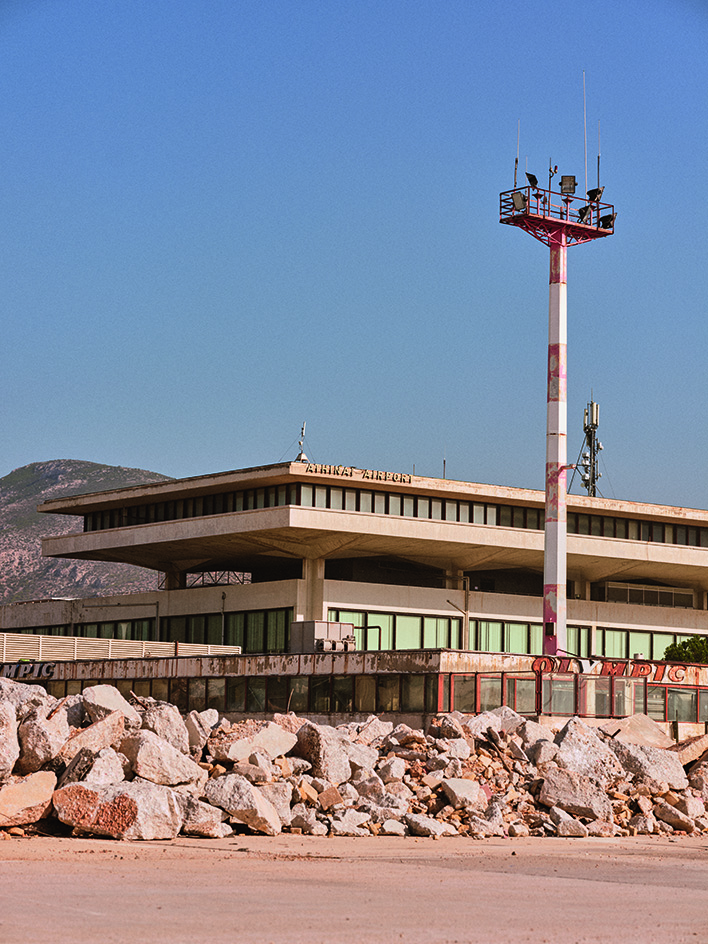
The east terminal of Ellinikon Airport, one of Eero Saarinen’s last projects, is being reinvented as part of a vast mixed-use district and public park
Fresh takes on classic Athenian moments, mixed with entirely new offerings, represent an ever-evolving contemporary Greek identity that is much less about looking back, and more about a positive future for the Mediterranean country. There is a reimagining of some of the city’s finest modernist architecture; a boom in the hospitality industry; a move towards sustainability; and a wave of new cultural destinations. Creativity is running high, and Athens is on an upward trajectory, following a ten-year period of economic woes, political changes, and, of course, the troubles brought by the worldwide pandemic, all of which hit the city hard. Yet here we are, and the Greek capital seems to be heading towards sunnier times.
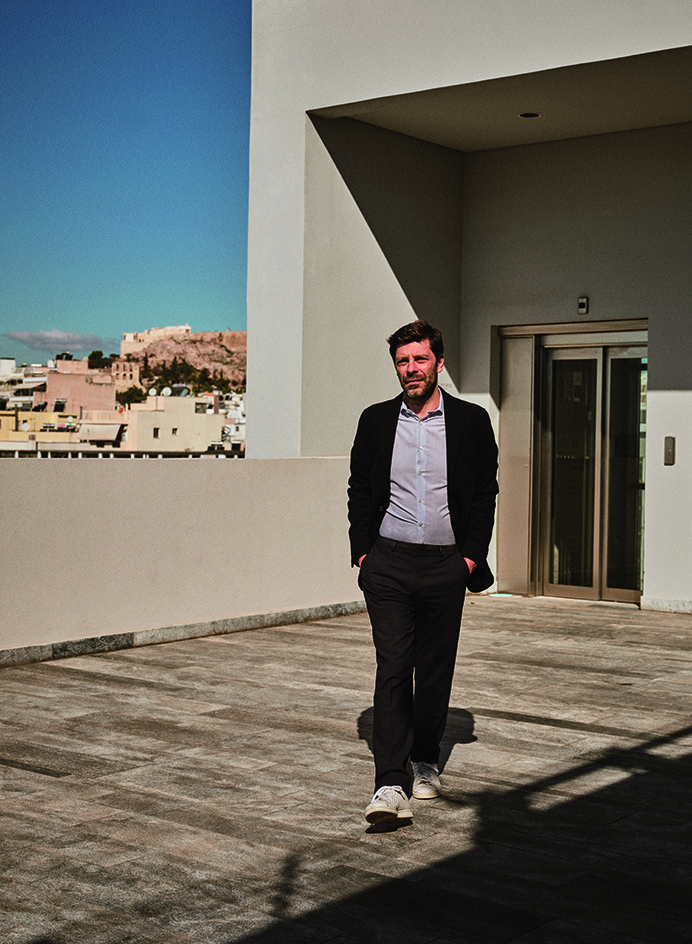
Deputy Minister of Culture and Sports Nicholas Yatromanolakis at EMST, the National Museum of Contemporary Art Athens, in Koukaki
The former Athens Hilton
The former Hilton Athens, one of the city’s most recognisable 20th-century buildings, represents this well. Originally built between 1958 and 1963, during that era of optimism and growth, and designed by Greek modernists Emmanuel Vourekas, Prokopis Vasileiadis and Spyro Staikos, it features site-specific reliefs by celebrated local artist Yannis Moralis, the largest swimming pool in the city, and was its first international brand hotel – no wonder guests have included Aristotle Onassis and Frank Sinatra. It came to be such a landmark that the whole neighbourhood around it took its name. But the noughties found it in need of a refresh, and it was bought by Greek developer Ionian Hotel Enterprises (IHE), (TEMES, the powerhouse that owns the popular and ever-growing Costa Navarino resort complex in the Peloponnese, holds a controlling stake in IHE). Now, it is being brought into the 21st century with a brand new concept for a luxury hotel and private residences to be developed by Hilton and IHE, in partnership with Conrad Hotels & Resorts, Conrad Residences and Waldorf Astoria Residences. The team behind it, including studios such as AETER Architects Charry C Bougadelis & Associates, Tristan Auer and AvroKO, aims to offer an unprecedented lifestyle destination for the city, with a members club, multiple culinary, entertaining, leisure and wellness options, as well as a brand new poolside pavilion restaurant by Yabu Pushelberg. Construction is ongoing, and the first guests should arrive in 2024.
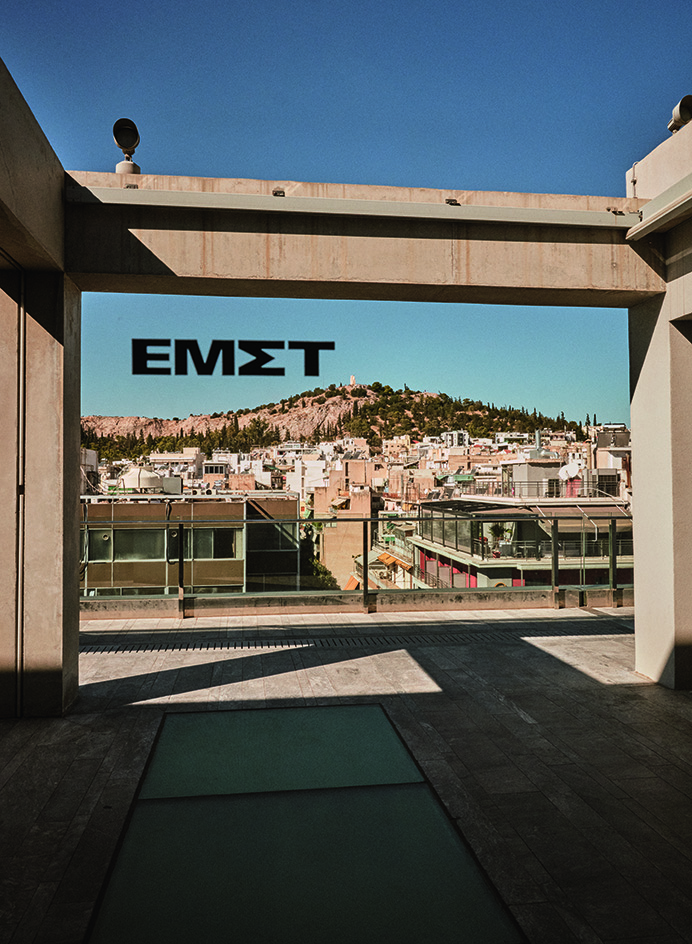
The EMST is located in the remaining section of the vast 1963 Fix brewery building by Greek modernist Takis Zenetos, recently revamped by a group of local studios
The National Museum of Contemporary Art Αthens (EMST)
The former Hilton is not the only modernist jewel in Athens’ crown to be given a new lease of life. One of the city’s most notable cultural draws, the National Museum of Contemporary Art Αthens (EMST), launched its new home in 2020 – although the ensuing pandemic closures meant it wasn’t fully accessible until June 2022. It is now located in the transformed ruin of the former Fix brewery. Created in 1963 by Greek modernist Takis Zenetos – and dubbed by locals the ‘horizontal skyscraper’ for its elegant lines, but also its sheer scale – the building is now a modern art space thanks to a revamp by 3SK Stylianidis Architects, in collaboration with Kalliope Kontozoglou, I Mouzakis & Associates-Architects, and Tim Ronalds Architects. The space feels fresh and beautifully fit for purpose – if perhaps a little too removed from its previous life (the building’s past doesn’t come through particularly strongly – and 40 per cent of it was demolished to make way for the local metro, to considerable controversy, before it was reassigned as an art space). Still, it’s a significant arts hub for Athens, and its artistic director, Katerina Gregos, appointed last year, promises a new era for its displays too.
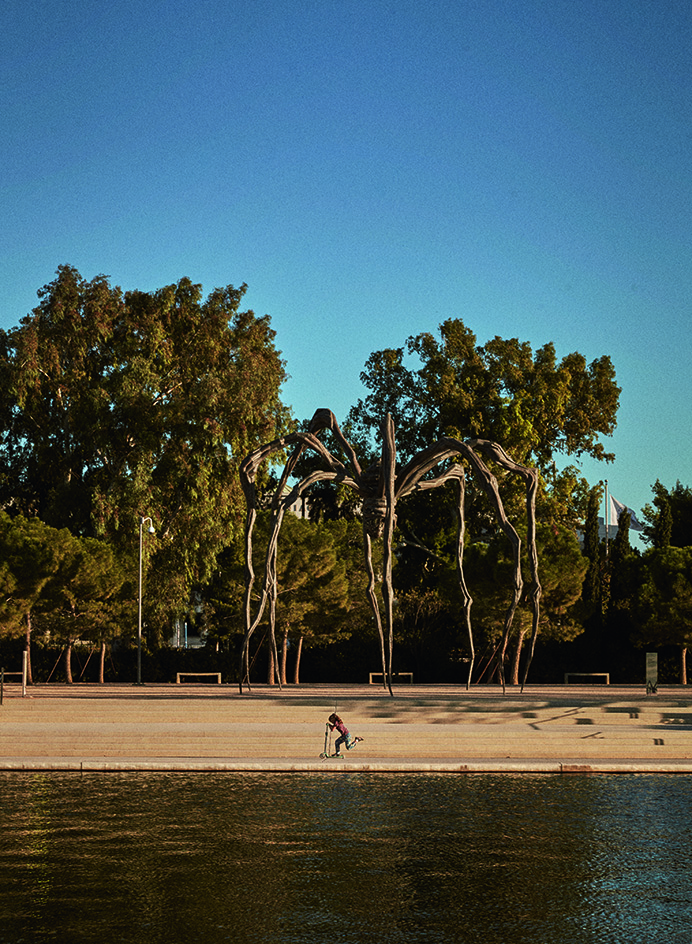
Louise Bourgeois’ giant spider Maman (1999) was recently on display on the esplanade of the Renzo Piano designed Stavros Niarchos Foundation Cultural Center (W*222) in Athens’ Kallithea
Piraeus Tower and more by the port and Syngrou Avenue
Meanwhile the long-abandoned modern ruin of the 1972 Piraeus Tower, the second tallest in Greece, is currently being reimagined as a mixed-use scheme, aimed at redefining the busy, yet somewhat architecturally neglected, port district of Piraeus. The developer behind it, Athens based Dimand, is one of the city’s most design-led players in real estate. The project’s special new façade is by young studio PILA (local studio Betaplan acted as the lead architect for the overall scheme), founded by architect Ilias Papageorgiou, who left a partner position at New York’s SO-IL in 2019 to return to Athens and set up shop on his own. ‘After ten years of a harsh economic crisis, Greece is undergoing a rapid transformation on many fronts,’ he says. ‘This building is situated on a really important part of the wider city of Athens. We see the “awakening” of the abandoned structure of the Tower as sparking a broader regeneration, allowing for the life of the city to move closer to the water.’ Dimand COO Olga Itsiou adds, ‘The Piraeus Tower was an unfinished building, a sleeping giant for more than 40 years. It has never operated except for minimal commercial uses on the ground and first two floors. It was not filled with people. [Now], offices, shops, a gym, an all-day restaurant, and a café will enable approximately 2,000 people to work there.’
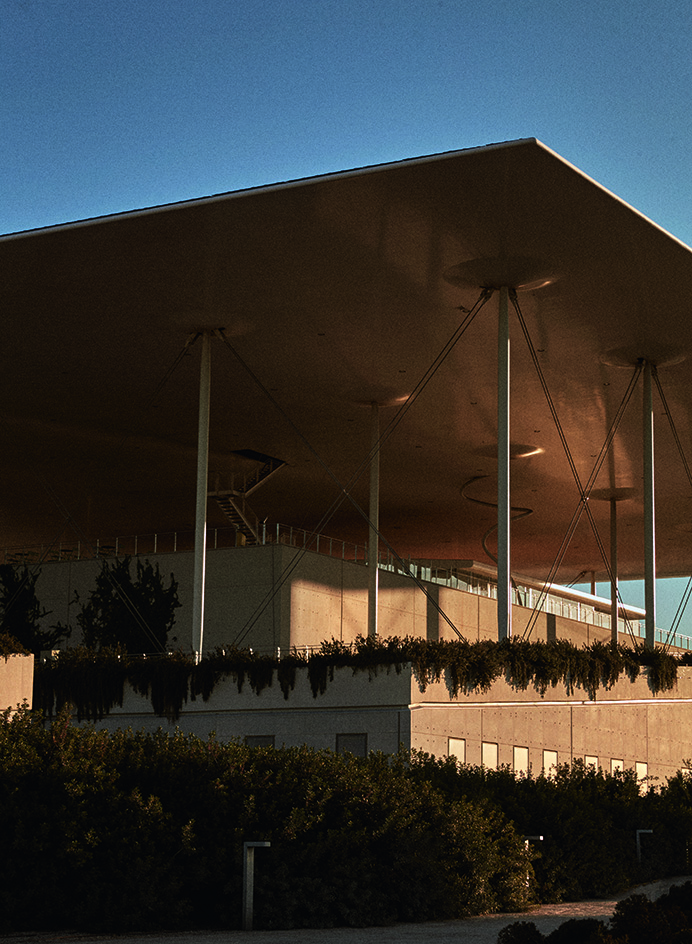
Renzo Piano designed the Stavros Niarchos Foundation Cultural Center in 2016
The tower’s transformation into sleek offices and retail space also includes public landscaping, which will reframe the port’s pedestrian access and circulation via a new green footbridge. Sustainability has been a big part of the plan too, as the team ensured a range of eco-friendly strategies are used, such as its louvres, which reduce solar gain on the façade by 45 per cent; the use of photovoltaic panels; and the recycling of more than 5,000 sq m of glass during construction, a proportion of which will be installed as new glass in the project.
Similar themes around community and sustainability are found in more Dimand projects. Some of the company’s assets in the nearby Agios Dionysios neighbourhood (also known as Papastratos, from the namesake tobacco brand that had its factory here in the last century) include office spaces that breathe new life into the area, coinciding with the arrival of neighbours that created a new international art district Galleries Rodeo, Carwan and The Intermission have made Agios Dionysios their home, reviving the formerly neglected industrial area.
Wallpaper* Newsletter
Receive our daily digest of inspiration, escapism and design stories from around the world direct to your inbox.
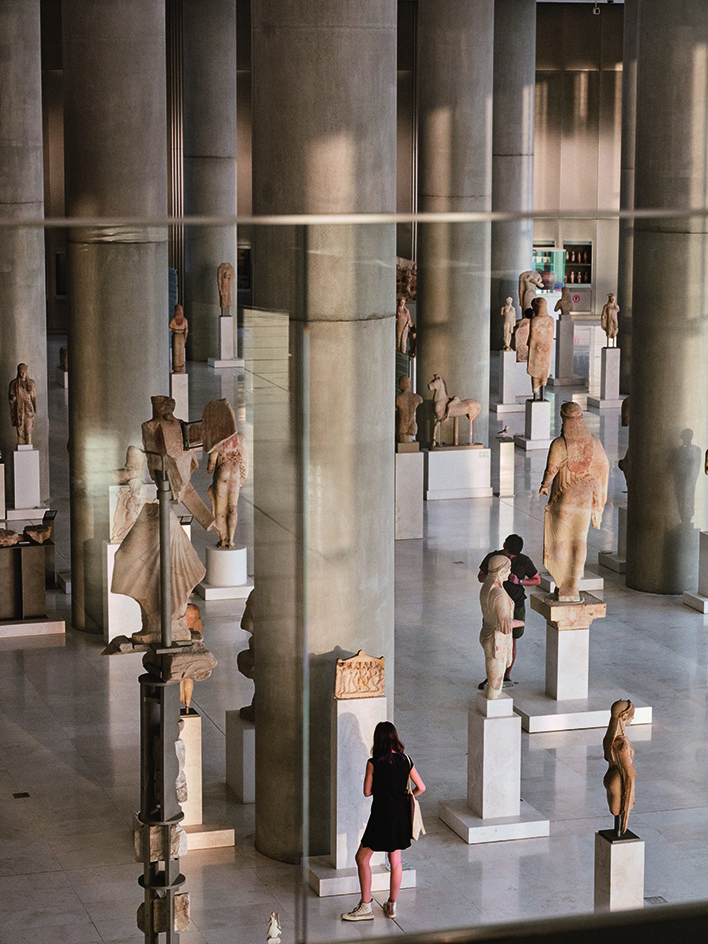
The Archaic Acropolis Gallery at the Acropolis Museum, designed by Bernard Tschumi Architects and opened in 2009
Further up Syngrou Avenue towards the city centre, a new office hub by Athens- and London-based Divercity Architects and Bennetts Associates for Dimand is hailed as one of the city’s most eco-friendly workspaces, matching elegant design and minimalist looks with LEED Gold targeting green credentials – including the use of recycled or local materials, and careful shading and view-framing strategies - to promote health and wellbeing. ‘Having had the time to reflect on the lessons the last couple of years have taught us, the city feels more extrovert, more dynamic and more creative than ever, and it is infectious,’ says one of Divercity’s founders, Nikolas Travasaros. ‘Projects of all scales are on the rise. It is a great place to be for architecture studios, with the city shaping and reinventing itself into a more contemporary capital.’
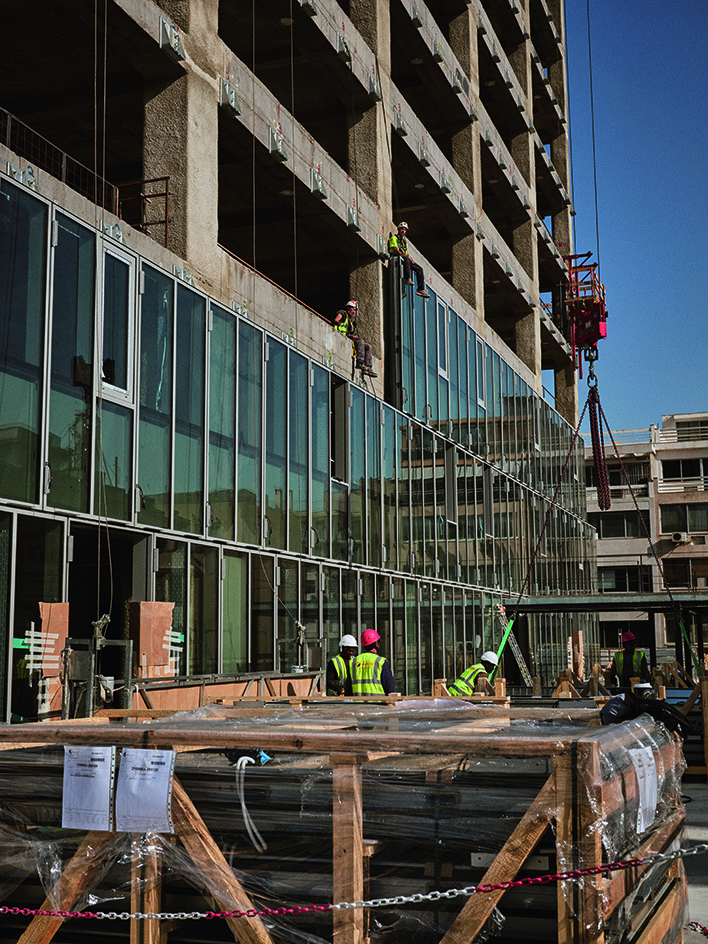
The 1972 Piraeus Tower is currently being transformed into a mixed-use scheme with a new façade by young local studio Pila
The former Ellinikon airport
Athens also plays host to one of the largest redevelopment sites in the country (and at 6,200,000 sq m, probably the whole of Europe) – the former Ellinikon airport, which is being reinvented as a vast, mixed-use neighbourhood by owners Lamda Development. The substantial site will feature the city’s largest public park (by Sasaki Associates in collaboration with Greek architecture firm Doxiadis+); a selection of designs by local and international architects, such as Foster + Partners, Kengo Kuma & Associates and Aedas; and a restored piece of global architectural history – Eero Saarinen’s East Terminal (built in the 1960s), which has remained largely unused since the transport hub officially transferred to the current Eleftherios Venizelos airport in 2004 in time for the Athens Olympic Games. While the project is quite far off from completion, some elements, such as Foster + Partners’ Marina Tower, are underway. A recently opened visitor hub, The Ellinikon Experience Centre, in a reimagined aircraft hangar on site, gives a taste of what’s to come. Skyscrapers, greenery and mixed-use seaside neighbourhoods dubbed by the developers ‘the Athens Riviera’, showcase how the city might change – quite drastically so too, given the distinct absence of ultra high rise buildings in the whole of Greece.
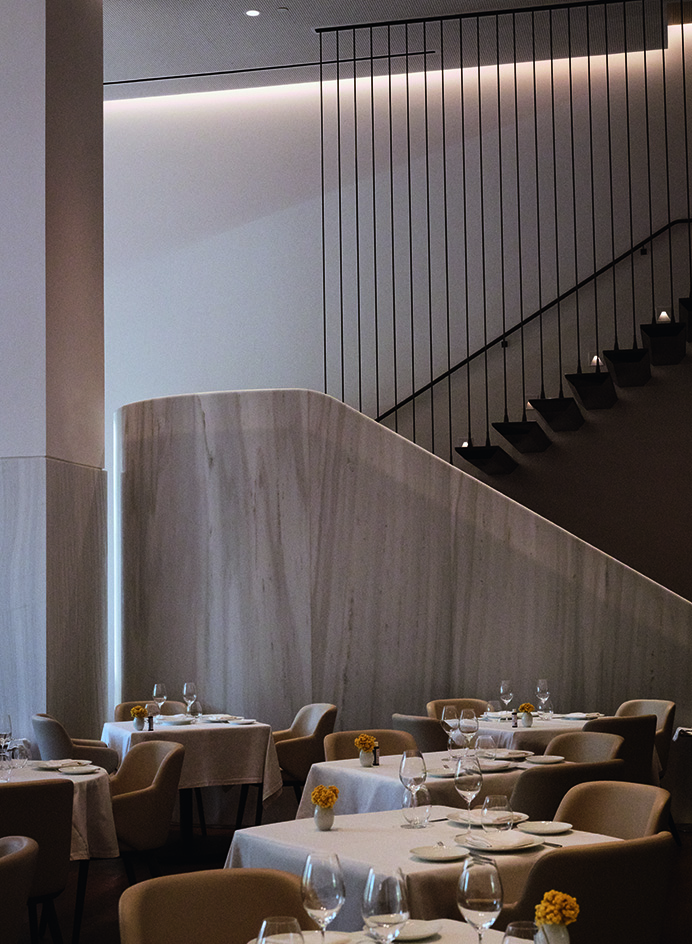
Set on the ground floor of the Xenodocheio Milos boutique hotel, Estiatorio Milos serves some of the best fish in Athens. Its interiors, by Divercity Architects, feature local materials such as Dionysos marble
Modern Athens hospitality
More opportunities for reinvention are available more centrally too, as the high-profile competition for the redevelopment of the National Archaeology museum is currently underway – one of the many opportunities for architects in the country, says Xristina Argyros, co-founder of London-based studio Neiheiser Argyros, which recently established a second base in Athens. ‘There is a range of exciting projects happening in Greece, and overall more opportunities than before for younger practices to participate. We have noticed a larger number of public competitions, but also many project initiatives by developers such as Dimand and Intracom that value the newer ideas and sensibilities that younger emerging practices are putting on the table.’.
This upsurge in cultural activity has inevitably brought an influx of hospitality venues. Hotels of all shapes and sizes have been popping up across town. Ksenodoxeio Milos is among them, a grand, luxurious contemporary space, designed by Divercity Architects. Its restaurant, Estiatorio Milos, serves some of the best fish in Athens – having relocated from its former spot in the Hilton to its new home a stone’s throw from Syntagma Square. Established venues such as Milos are juxtaposed with smaller, boutique outfits, such as the art-filled, live-like-an-Athenian, mini hotel M18 by Oliaros at the foot of the Acropolis; and Mona – an industrial-space-cum-experimental-hotel, members club, and event venue that also showcases as part of its concept a range of independent Greek designers and artists of all disciplines in the trendy Psirri neighbourhood.
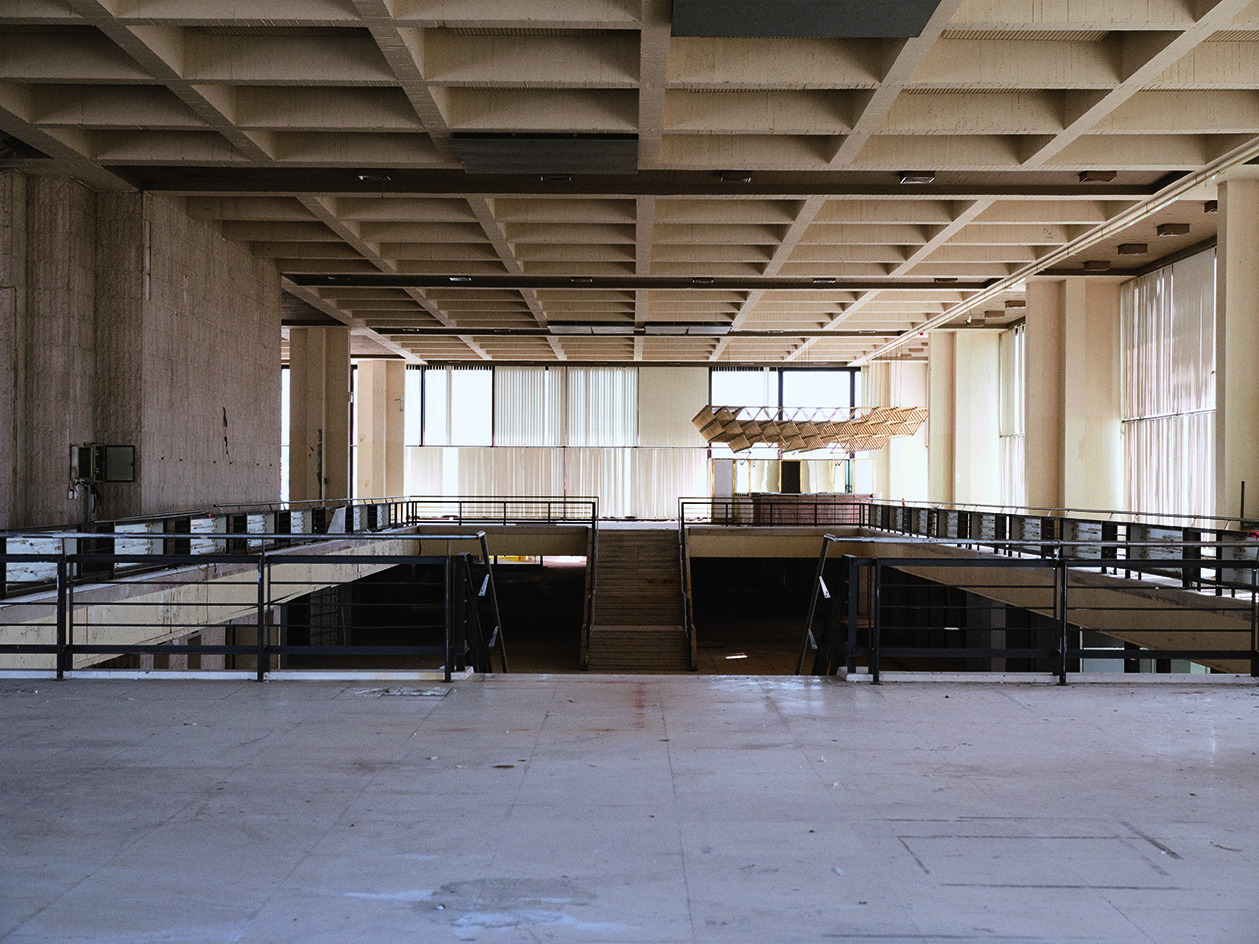
The Eero Saarinen designed main hall at Ellinikon Airport. The developers of the site, Lamda Development, are hoping to turn it into a cultural venue
Gagosian Athens
Such is Athens’ pull that international art dynamo Gagosian has bolstered its presence here with a new home in 2020, designed by Kois Associated Architects in the upmarket Kolonaki district. One of its recent exhibitions celebrated the country’s cultural influence through the work of legendary designer Marc Newson. The show presents new limited-edition furniture, including some of Newson’s most celebrated works – presented in Greece's national colours of blue and white. ‘Greece is a country that is close to my heart, my grandfather was from there. I have spent every summer there for the last 24 years,’ says Newson. He talks about the country’s enduring creative influence on his work. ‘It has always been in my consciousness, I draw probably more inspiration from it than I know. I was one of the first people working with marble in a contemporary way 25 years ago. I am trying to champion Greek manufacturers and skills that may be now dying – there is this wonderful expertise there. I always wanted to do something in Greece and the time was right, now, with Gagosian. Athens is an exciting contemporary destination. I am already thinking of the next thing I do there.’
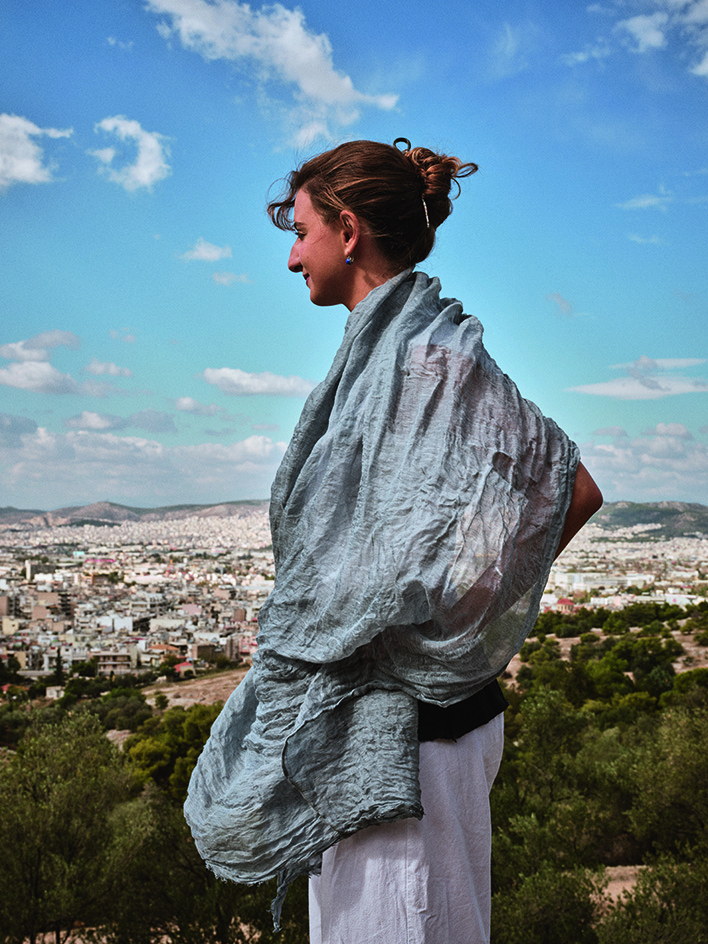
Curator and researcher Katerina Papanikolopoulos on Philopappos Hill
Curator and researcher Katerina Papanikolopoulos feels that attraction towards the local cultural heritage too. The Greek-Cypriot-American creative moved from the US to Athens in 2020 and set up the non-profit Athens Design Forum cultural festival. In many ways it is still in its infancy – only two editions in, it previously focused on architecture and art, with a third iteration turning its attention to film, craft and labour currently in development. The annual event aims to celebrate and explore the different dimensions of design thinking in Athens and the country beyond. Papanikolopoulos hopes to shine a light on Greek vernacular crafts, look at intersections of old and new practices, and discover design beyond the beaten track, in all its forms. Examples of her approach include celebrating the rarely seen Kypseli house which she opened to the public for ADF’s inaugural event, thereby highlighting the work of lesser-known Greek modernist Aristomenis Provelengios.
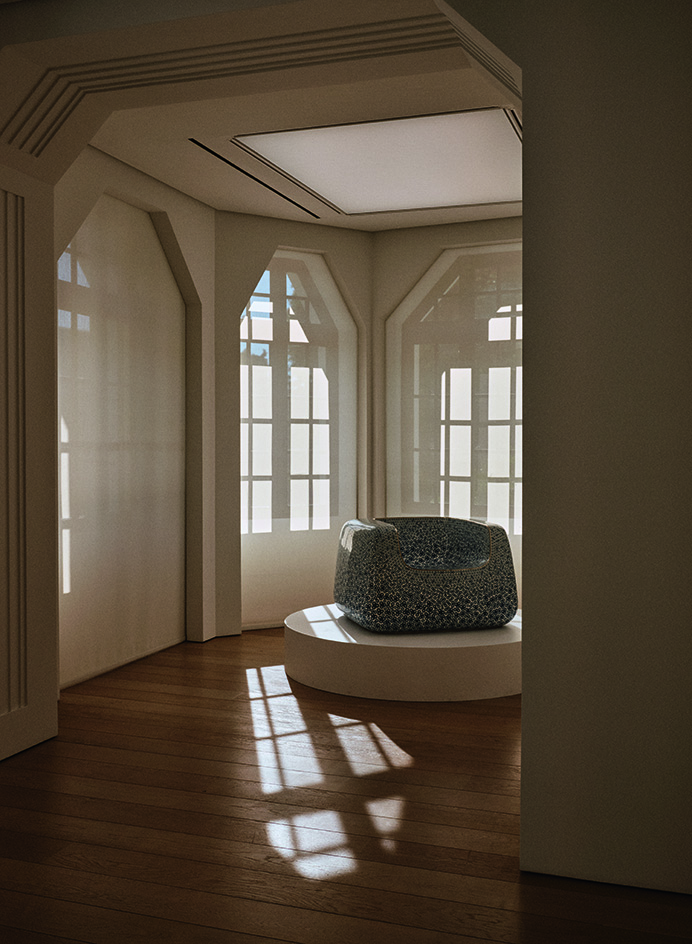
Cloisonné White and Blue Chair (2022) by Marc Newson at Gagosian Athens, a neoclassical villa in Kolonaki transformed by Kois Associated Architects
Nikos Vatopoulous – art editor of the major national broadsheet Kathimerini, author of the book Walking in Athens and self-appointed flaneur – has written extensively about the capital’s layered identity and especially its lesser known, ‘everyday’ architectural gems, as opposed to the well-documented monuments. ‘You get crumbling houses juxtaposed with modern concrete buildings, all eras next to each other at once,’ he has said, referring to Athens’ ‘secret landscape.’ And it’s just that, the city’s evolving, multi-layered urbanscape, that is shining dynamically through today's Athens – fuelling its cultural rise, and possibly where its strength may lie. ‘Athens caters for very different tastes and experiences,’ concludes Deputy Minister of Culture and Sports Yatromanolakis. ‘And we have a vision to do more – showcase Greek crafts more, create space for artists and grassroots activity, explore less travelled paths of Greek culture. We also want to invest in developing artists' skills and enrich cultural experiences across all fields.’
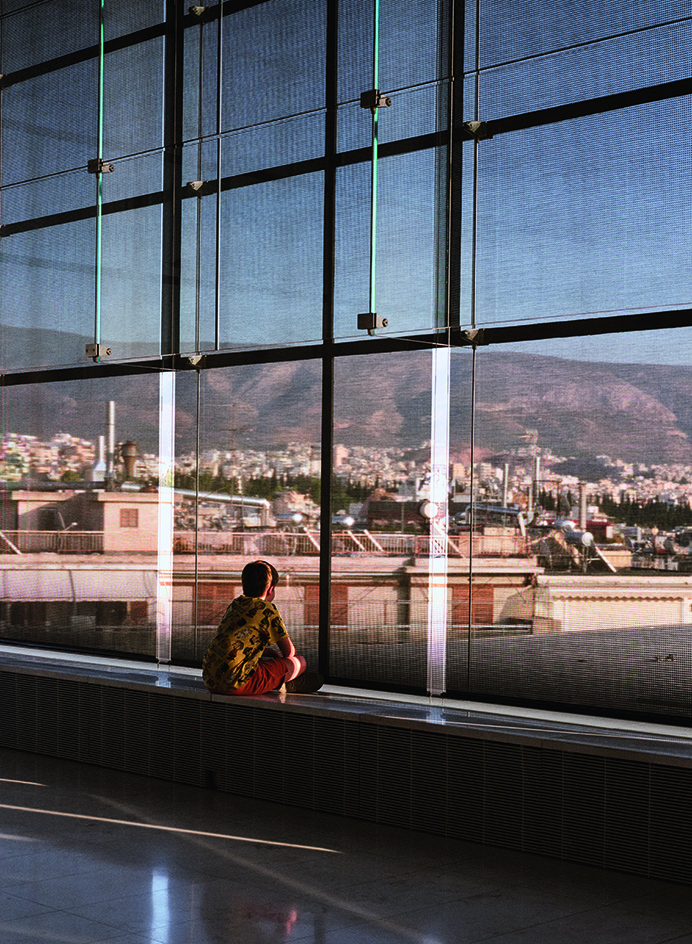
A young visitor to the Acropolis Museum takes in the panoramic city views
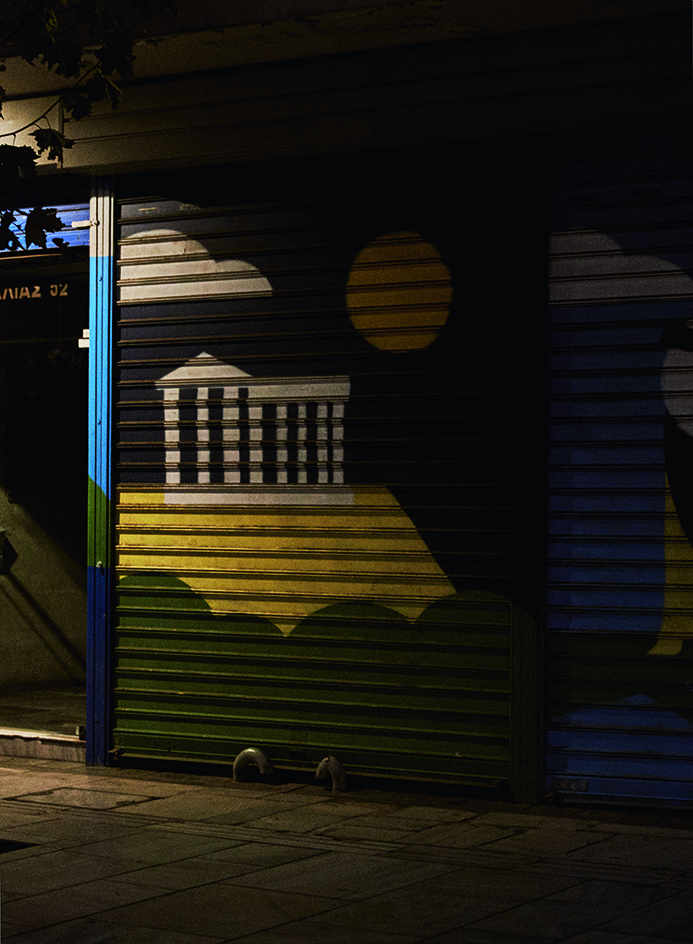
Nighttime view of Athens store and its graffiti
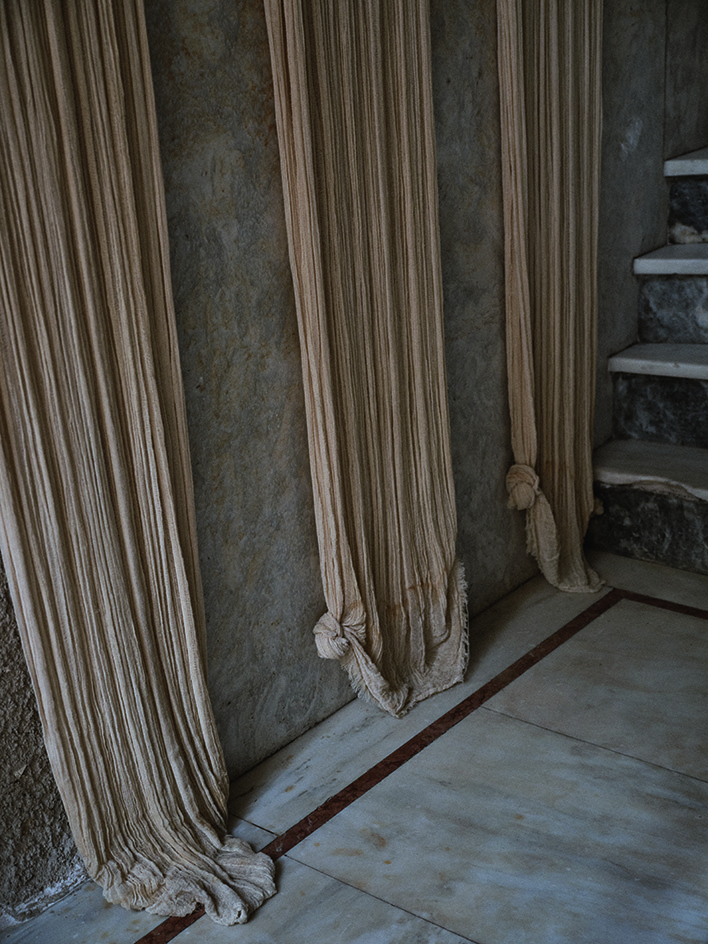
Detail of the carefully curated interiors at hotel Mona
A version of this story appears in January 2023 Wallpaper*, The Future Issue, available now in print, on the Wallpaper* app on Apple iOS, and to subscribers of Apple News +. Subscribe to Wallpaper* today
Ellie Stathaki is the Architecture & Environment Director at Wallpaper*. She trained as an architect at the Aristotle University of Thessaloniki in Greece and studied architectural history at the Bartlett in London. Now an established journalist, she has been a member of the Wallpaper* team since 2006, visiting buildings across the globe and interviewing leading architects such as Tadao Ando and Rem Koolhaas. Ellie has also taken part in judging panels, moderated events, curated shows and contributed in books, such as The Contemporary House (Thames & Hudson, 2018), Glenn Sestig Architecture Diary (2020) and House London (2022).
-
 Marylebone restaurant Nina turns up the volume on Italian dining
Marylebone restaurant Nina turns up the volume on Italian diningAt Nina, don’t expect a view of the Amalfi Coast. Do expect pasta, leopard print and industrial chic
By Sofia de la Cruz
-
 Tour the wonderful homes of ‘Casa Mexicana’, an ode to residential architecture in Mexico
Tour the wonderful homes of ‘Casa Mexicana’, an ode to residential architecture in Mexico‘Casa Mexicana’ is a new book celebrating the country’s residential architecture, highlighting its influence across the world
By Ellie Stathaki
-
 Jonathan Anderson is heading to Dior Men
Jonathan Anderson is heading to Dior MenAfter months of speculation, it has been confirmed this morning that Jonathan Anderson, who left Loewe earlier this year, is the successor to Kim Jones at Dior Men
By Jack Moss
-
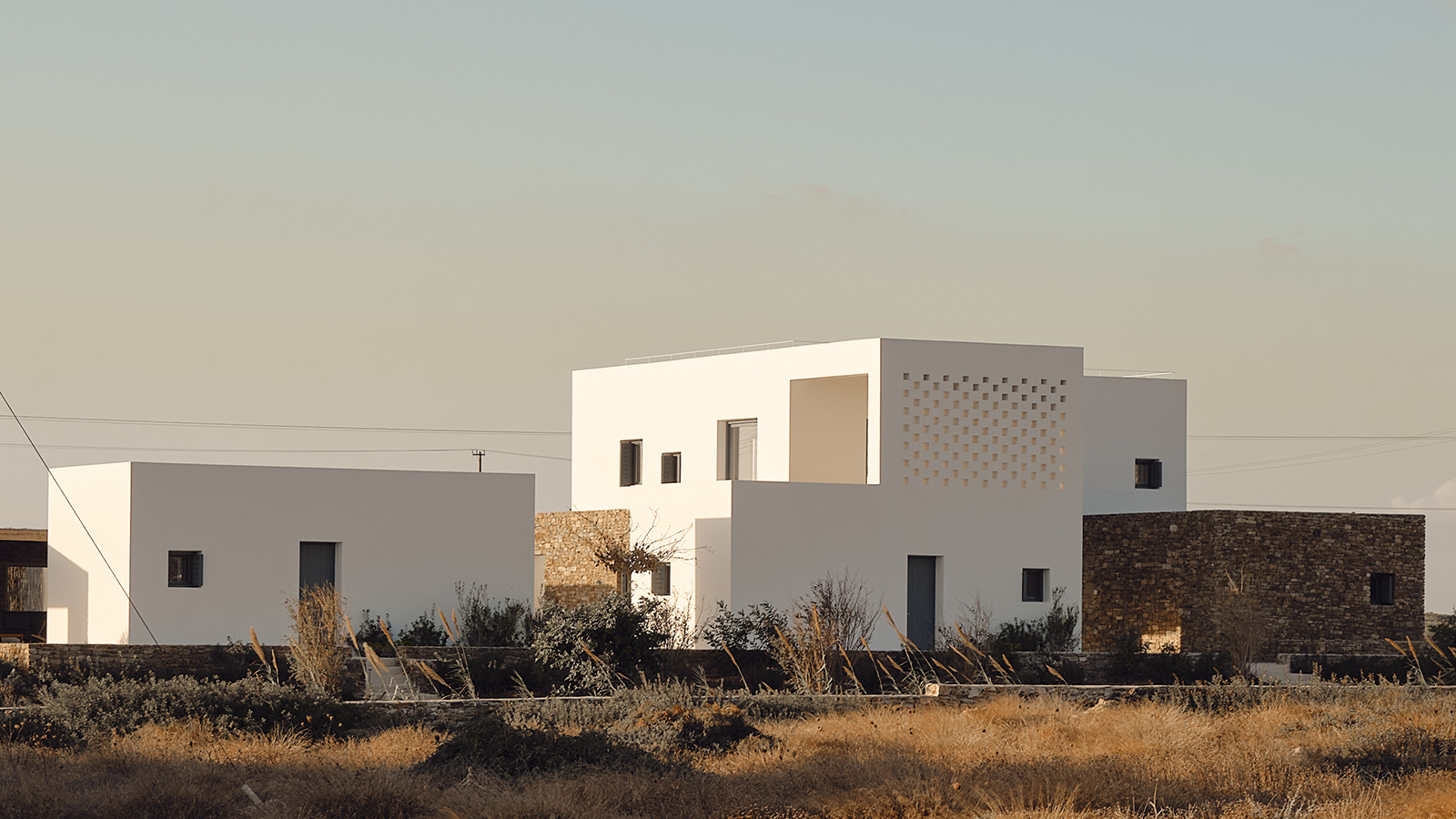 A retro video game is the unlikely inspiration for this island house in Greece
A retro video game is the unlikely inspiration for this island house in GreeceDesigned by ARP, this island house on Antiparos is a contemporary Cycladic home inspired by Tetris
By Tianna Williams
-
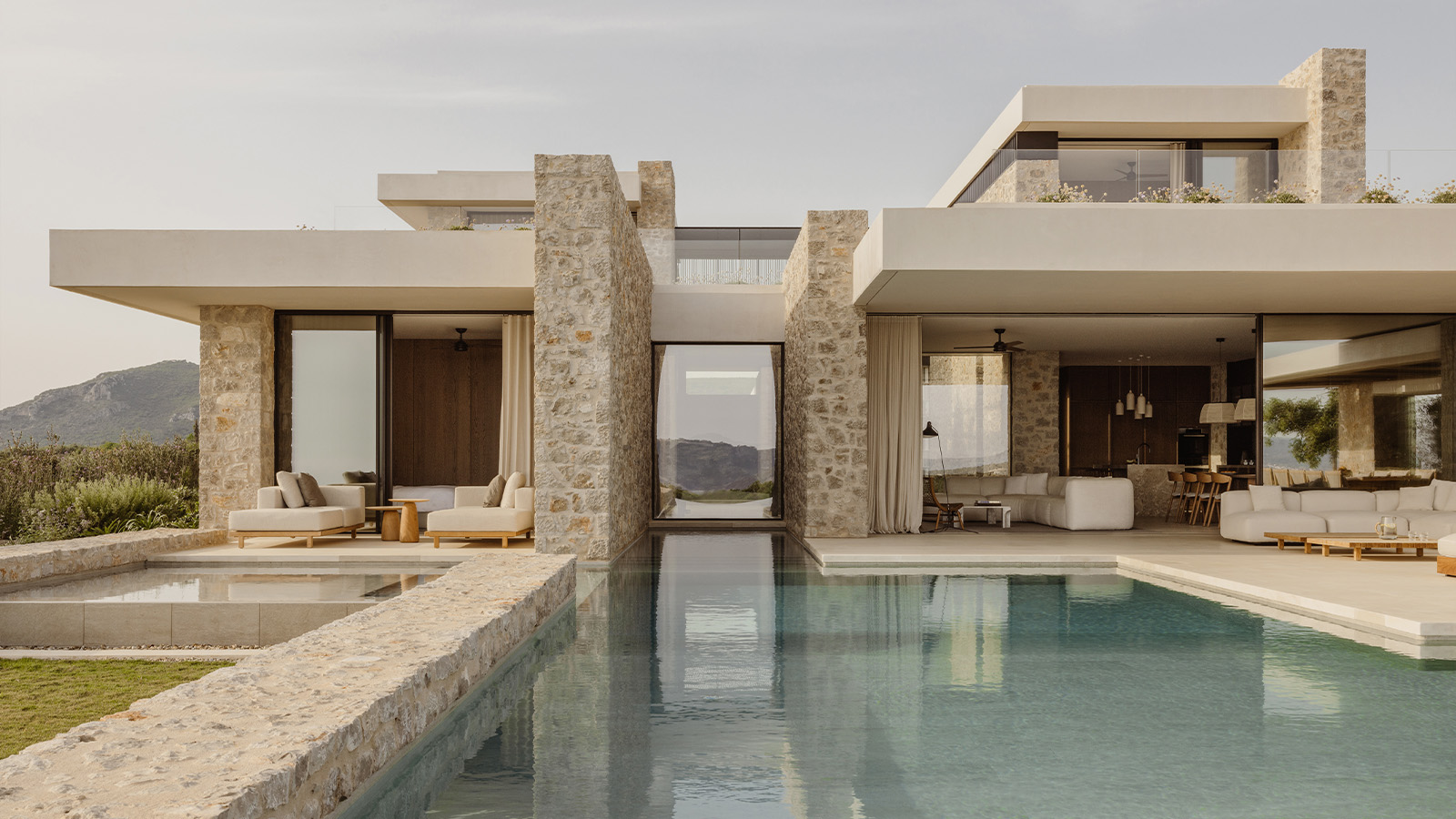 A Costa Navarino house peeks out from amidst olive groves to ocean views
A Costa Navarino house peeks out from amidst olive groves to ocean viewsThis Greek holiday residence designed by K-Studio balances timeless design principles with modernist touches
By Tianna Williams
-
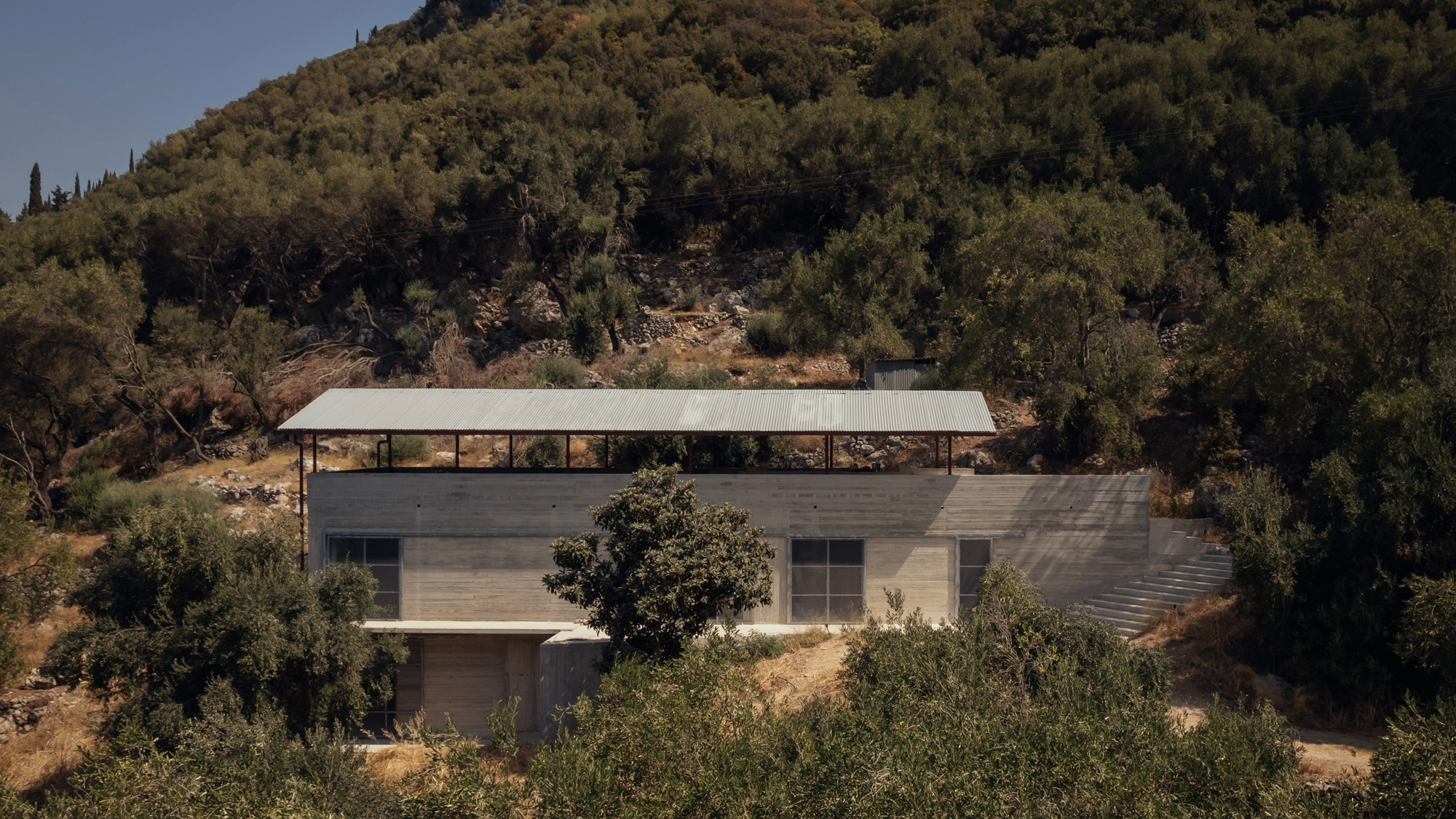 A breezy Greek island retreat lets the outdoors in
A breezy Greek island retreat lets the outdoors inOpen to the elements, an island retreat in Corfu by Invisible Studio was designed to suit the local climate, using metal mesh screens rather than windows
By Léa Teuscher
-
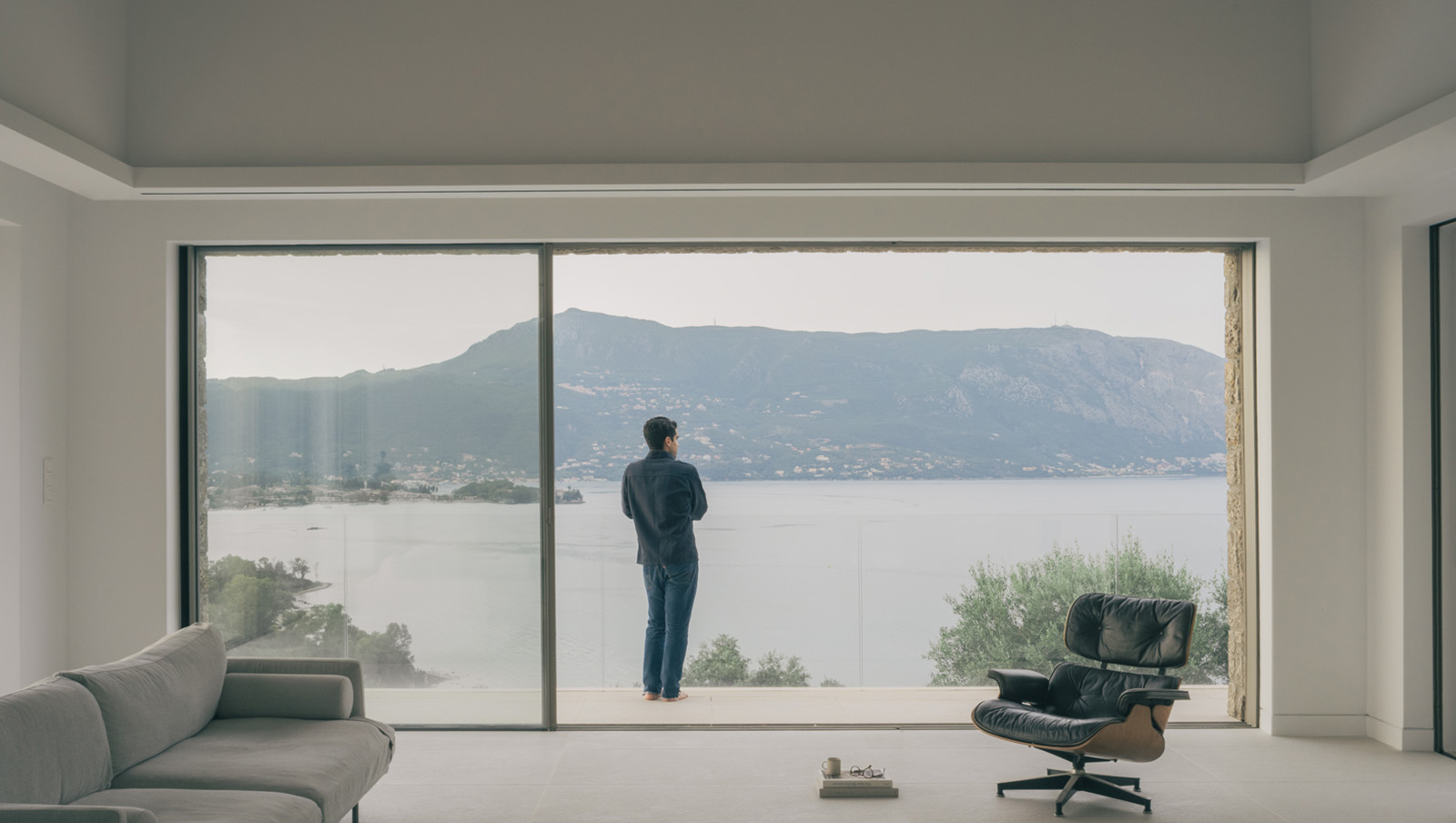 A Corfu house balances local vernacular and 21st-century minimalism
A Corfu house balances local vernacular and 21st-century minimalismCorfu House, a sensitive and minimalist holiday home, has been recently completed on the Greek island as a collaboration between architects Tony Wynbourne, Georgios Apostolopoulos and engineer Makis Gisdakis
By Ellie Stathaki
-
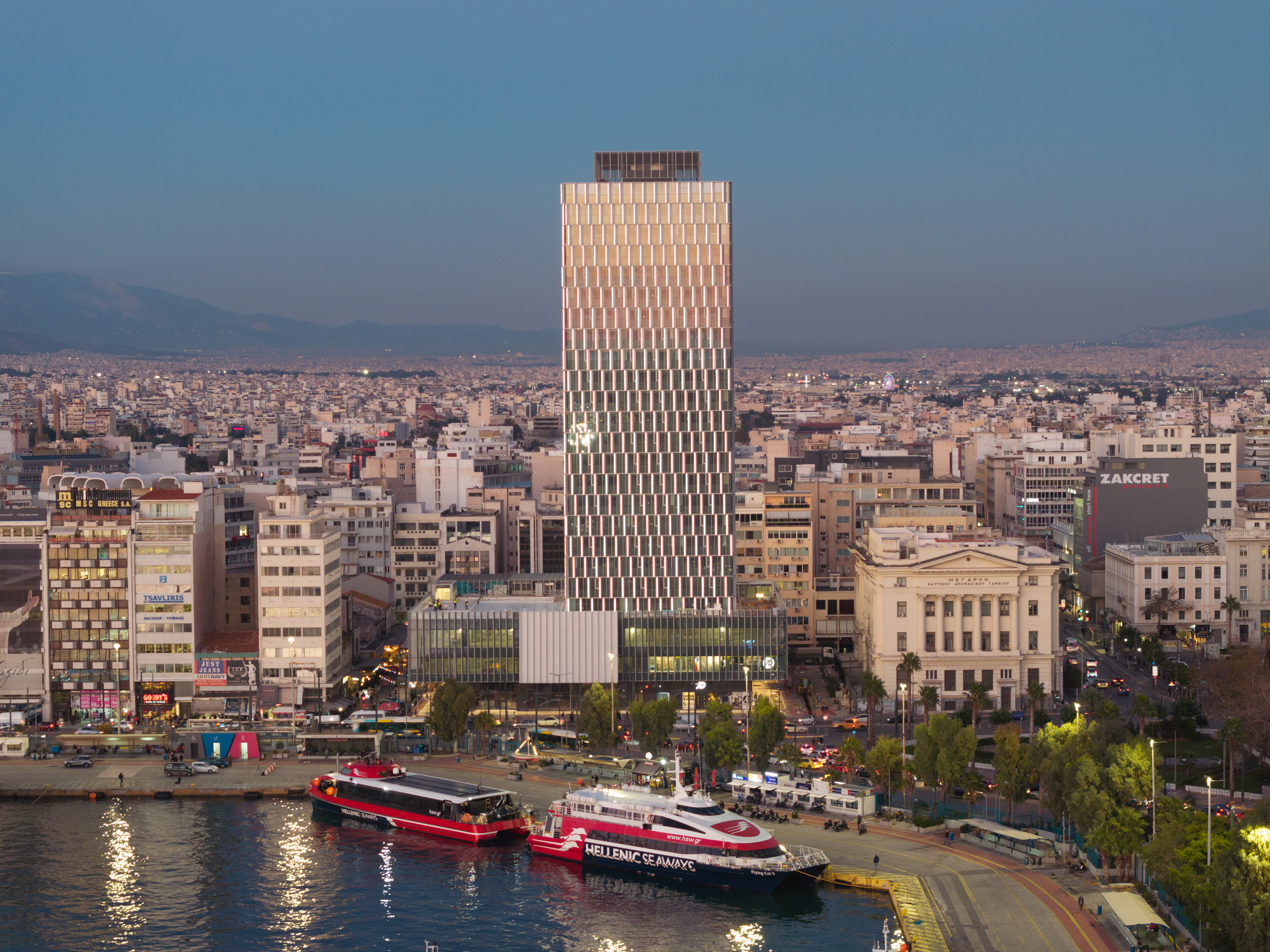 Piraeus Tower is a Greek high-rise icon revived through sustainable strategies
Piraeus Tower is a Greek high-rise icon revived through sustainable strategiesThe restoration of the Piraeus Tower is completed in Greece, revealing a revived façade by local architecture studio PILA
By Ellie Stathaki
-
 Remembering Alexandros Tombazis (1939-2024), and the Metabolist architecture of this 1970s eco-pioneer
Remembering Alexandros Tombazis (1939-2024), and the Metabolist architecture of this 1970s eco-pioneerBack in September 2010 (W*138), we explored the legacy and history of Greek architect Alexandros Tombazis, who this month celebrates his 80th birthday.
By Ellie Stathaki
-
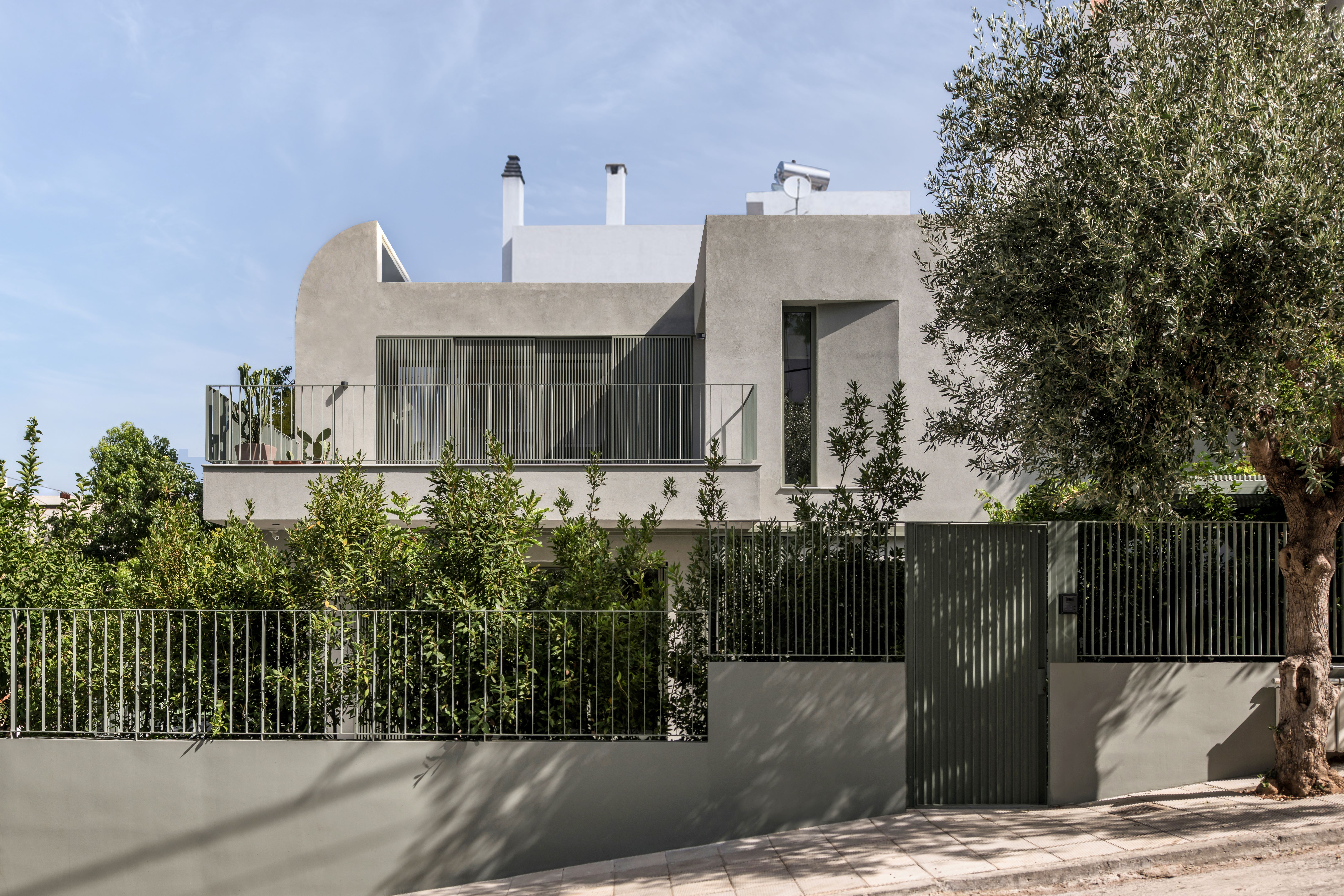 Tour House D in Athens, where interiors are peachy keen
Tour House D in Athens, where interiors are peachy keenDesigned by Cometa Architects, House D in Athens is full of curvy, colourful character
By Ellie Stathaki
-
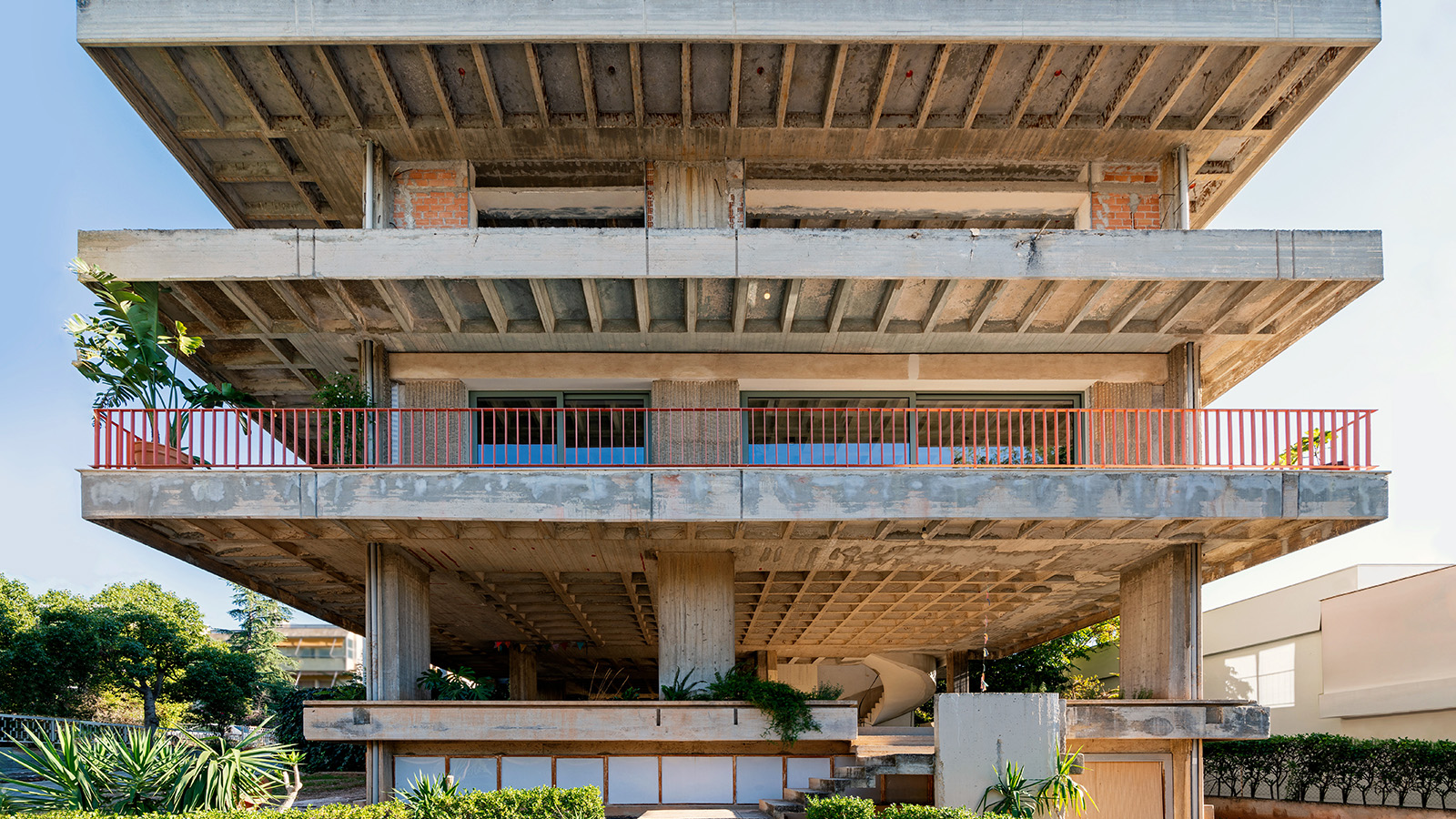 Three Object Apartment embraces raw concrete honesty in the heart of Athens
Three Object Apartment embraces raw concrete honesty in the heart of AthensThree Object Apartment by DeMachinas is a raw concrete home in Athens, which confidently celebrates its modernist bones
By Ellie Stathaki